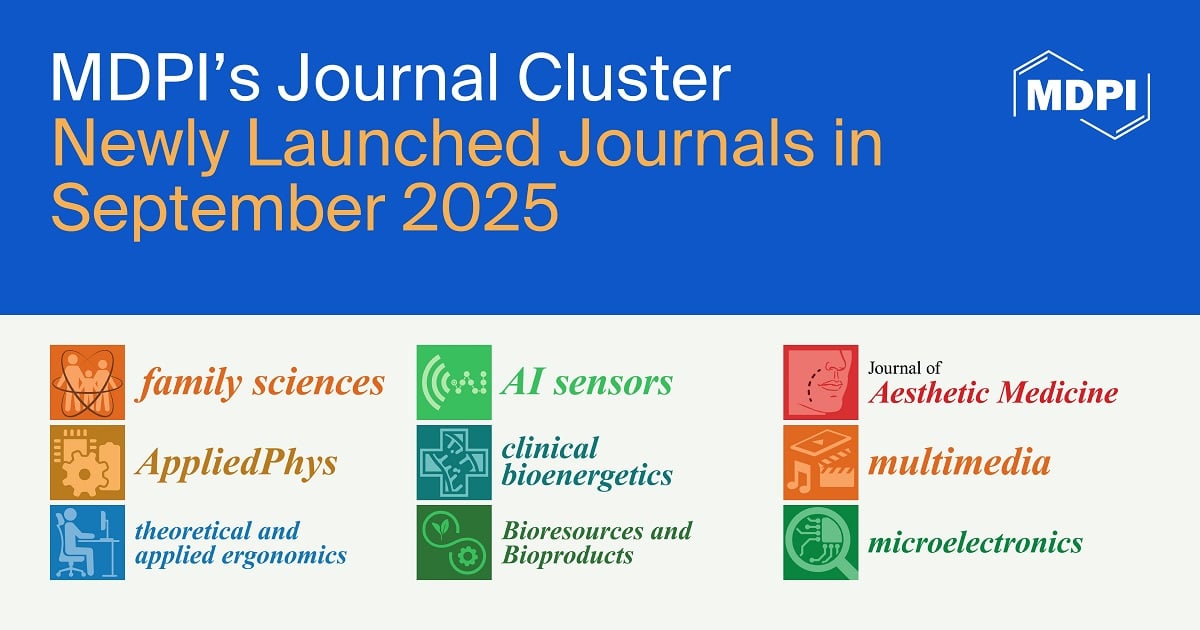-
 Polyelectrolyte Complex-Based Chitosan/Carboxymethylcellulose Powdered Microgels Loaded with Eco-Friendly Silver Nanoparticles as Innovative Biomaterials for Hemostasis Treatments
Polyelectrolyte Complex-Based Chitosan/Carboxymethylcellulose Powdered Microgels Loaded with Eco-Friendly Silver Nanoparticles as Innovative Biomaterials for Hemostasis Treatments -
 Postharvest Quality of Plums Treated with Chitosan-Based Edible Coatings
Postharvest Quality of Plums Treated with Chitosan-Based Edible Coatings -
 Comparative Analysis of Polysaccharide and Nutritional Composition of Biological and Industrial-Scale Cultivated Pleurotus ostreatus Mushrooms for Functional Food and Nutraceutical Applications
Comparative Analysis of Polysaccharide and Nutritional Composition of Biological and Industrial-Scale Cultivated Pleurotus ostreatus Mushrooms for Functional Food and Nutraceutical Applications -
 Chitosan Mixtures from Marine Sources: A Comparative Study of Biological Responses and Practical Applications
Chitosan Mixtures from Marine Sources: A Comparative Study of Biological Responses and Practical Applications -
 Preparation and Physicochemical Evaluation of Ionically Cross-Linked Chitosan Nanoparticles Intended for Agricultural Use
Preparation and Physicochemical Evaluation of Ionically Cross-Linked Chitosan Nanoparticles Intended for Agricultural Use
Journal Description
Polysaccharides
- Open Access— free for readers, with article processing charges (APC) paid by authors or their institutions.
- High Visibility: indexed within ESCI (Web of Science), Scopus, FSTA, CAPlus / SciFinder, and other databases.
- Rapid Publication: manuscripts are peer-reviewed and a first decision is provided to authors approximately 36.4 days after submission; acceptance to publication is undertaken in 4.5 days (median values for papers published in this journal in the first half of 2025).
- Journal Rank: JCR - Q1 (Polymer Science) / CiteScore - Q1 (Engineering (miscellaneous))
- Recognition of Reviewers: APC discount vouchers, optional signed peer review, and reviewer names published annually in the journal.
- Journal Cluster of Polymer and Macromolecular Science: Polymers, Gels, Polysaccharides, Textiles, Macromol, Microplastics and Adhesives.
Latest Articles
E-Mail Alert
News
Topics
Conferences
Special Issues
Deadline: 30 October 2025
Deadline: 30 November 2025
Deadline: 30 December 2025
Deadline: 1 August 2026





























